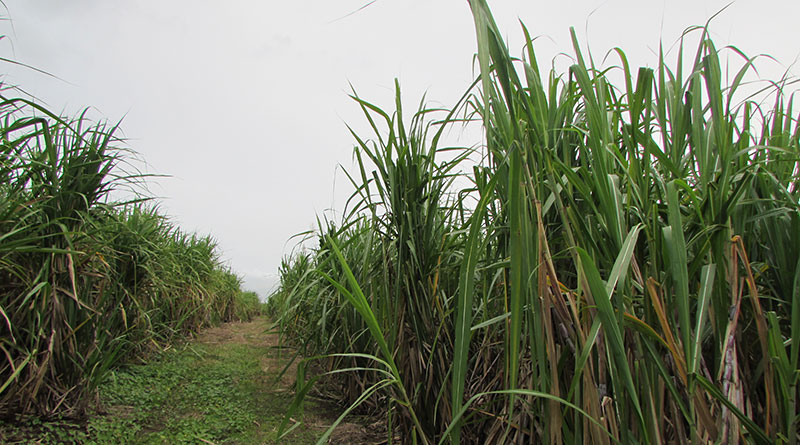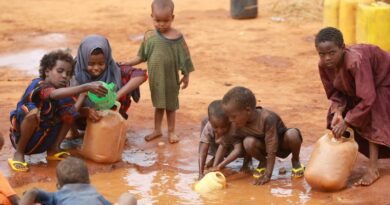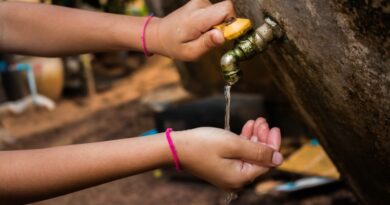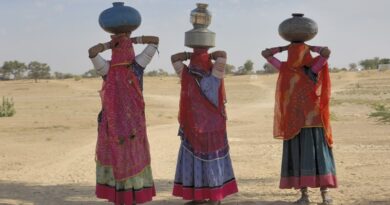India suggested to produce ethanol directly from sugarcane juice for water, energy sustainability

A national biofuel policy encouraging production of ethanol made directly from sugarcane juice may make India’s water and energy resources more sustainable, a new research report has said, adding that using sugarcane juice instead of molasses would also free up land and irrigation water for growing nutrient-rich foods.
India is now the second-largest producer of sugar worldwide, after Brazil. Generations of political support for sugar cultivation have helped India reach this level.
Now, a team of researchers at Stanford University have conducted the first comprehensive analysis of India’s sugar industry and its impact on water, food and energy resources through the lens of its political economy — that is, how entrenched political interests in sugar production threaten food, water and energy security over time.
“There are spillover effects between sectors, unintended consequences,” said co-author Rosamond Naylor, a food security expert and the William Wrigley Professor in Stanford’s School of Earth, Energy & Environmental Sciences (Stanford Earth).
“It’s very instructive to think about the connection between food, water and energy because the solution may not be in the sector you’re focusing on.”
Policymakers in India are currently exploring how to use sugarcane to increase energy independence and shift toward renewable energy use.
India has set a goal to increase the ethanol-to-gasoline blending rate from its current rate of about six per cent to 20 per cent by 2030 and introduced several policies to promote production of ethanol from sugarcane. The increased blending rate is a “desirable goal for improved energy security,” the researchers write.
However, its effects on human health and the environment will largely depend on which sugar product ends up being the main feedstock: juice extracted from crushed sugarcane, or molasses, a by-product from sugar processing.
India’s national policy on biofuels only recently began allowing use of sugarcane juice in ethanol production, in addition to molasses.
“If the energy industry continues to use molasses as the bioethanol feedstock to meet its target, it would require additional water and land resources and result in the production of extra sugar,” said co-author Anjuli Jain Figueroa, a postdoctoral researcher in Earth system science. “In contrast, if the industry used the sugarcane juice to produce ethanol, the target could be met without requiring additional water and land beyond current levels.”
Using sugarcane juice to create ethanol could also help alleviate government spending to subsidize sugar and sell it below cost in its public distribution system.
The researchers focused their analysis on Maharashtra, one of India’s largest sugarcane-producing states.
Sugarcane cultivation in Maharashtra has increased sevenfold in the past 50 years to become the dominant user of irrigation water. The study found that in 2010-11, sugarcane occupied only four per cent of Maharashtra’s total cropped areas but used 61 per cent of the state’s irrigation water.
Meanwhile, irrigation for other nutritious food crops remained lower than the national averages.
“Irrigation of sugarcane in our study region is about four times that of all other crops and has doubled from 2000 to 2010. This resulted in about a 50 per cent reduction of river flow over that period,” said co-author Steven Gorelick, the Cyrus Fisher Tolman Professor at Stanford Earth.
“Given that this region is susceptible to significant drought, future water management is likely to be quite challenging.”
As part of continued efforts to examine the Indian sugar industry and its impacts, lead author Ju Young Lee, a PhD student in Earth system science, also developed satellite imagery analyses to identify sugarcane from space.
“Despite the importance of sugarcane in the water, food and energy sectors in India, there are no reliable sugarcane maps for recent years and in time series,” Lee said. “Using remote sensing data, I am developing current time-series sugarcane maps in Maharashtra — an important step forward.”
The agricultural area of Maharashtra is considered drought-ridden, and yet in September 2019, the region experienced major floods that killed 21 people and caused 28,000 residents of Pune to evacuate.
While the researchers started the FUSE project in Maharashtra with an explicit focus on drought management, their objectives expanded to include flooding after witnessing the devastation of Pune during their research period, presenting “a far more difficult water management problem,” according to co-author Steven Gorelick.
“Climate projections over the next 40 to 80 years suggest maybe a 10 per cent increase in rainfall, but much greater variability — and that variability is what worries me the most, in terms of future management of both floods and droughts,” Gorelick said.



